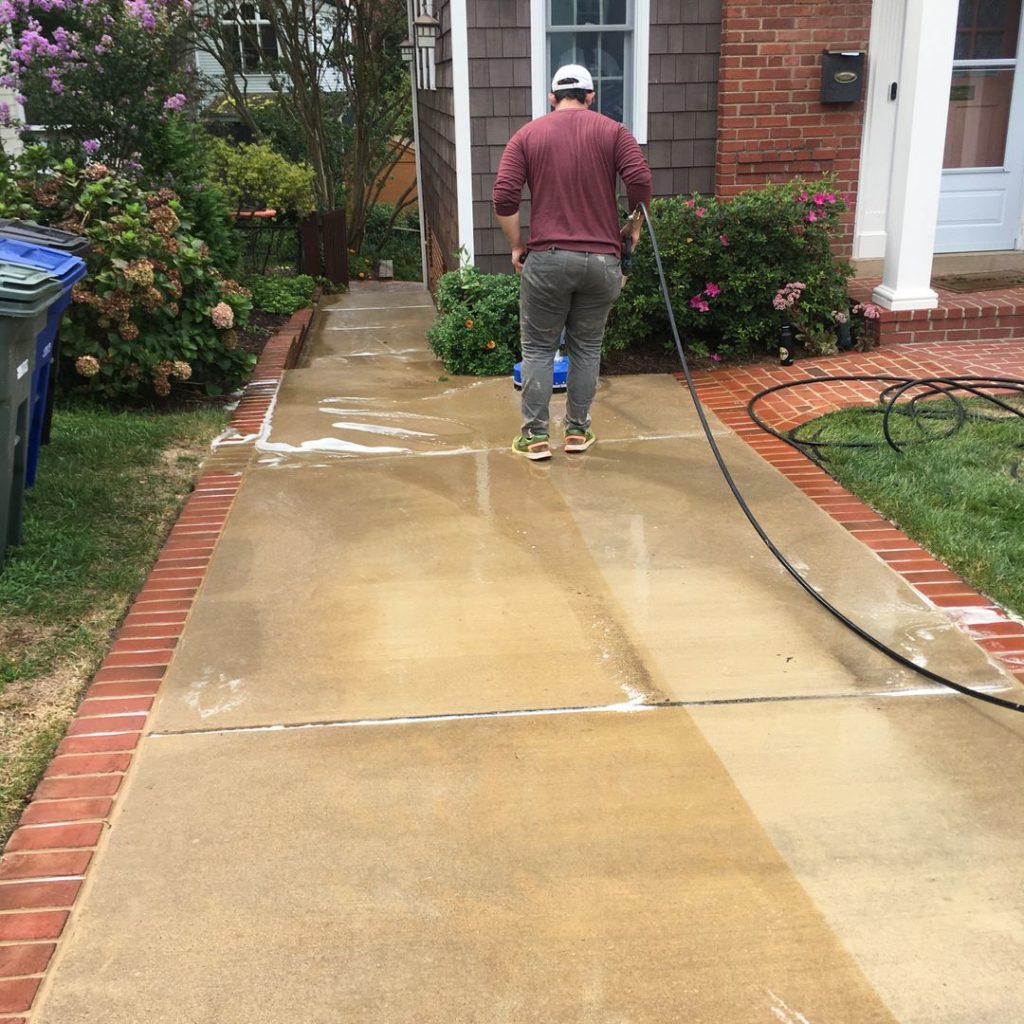Among overwhelmed homeowners, caring for the outside of your property can seem like a challenging task. Amidst the hustle and bustle of daily life, it's easy to allow outdoor cleaning slide down your list of tasks. But, power washing offers an effective solution to keep your home looking its best while not consuming your precious time. This robust cleaning method can remove years of dirt, filth, mildew, and mildew from multiple surfaces, instantly boosting your home’s visual appeal and prolonging its durability.
In this article, we'll discuss practical pressure washing tips that can help you save you time and energy. From understanding the differences between pressure washing and soft washing, to discovering how to safely and effectively tackle your deck and driveways, we have you covered. Whether you're thinking about a DIY approach or thinking about hiring professionals, we'll assist you in making informed choices that fit your schedule and financial plan. By using the right techniques and timely execution, pressure washing can become a straightforward yet remarkably efficient part of your home care routine.
Understanding Pressure Washing
Pressure washing is a cleaning technique that utilizes powerful water blasts to eliminate grime, dirt, mold, and various pollutants from various surfaces. It is often utilized on the exteriors of homes, driveways, sidewalks, and decks. This process not only boosts the look of surfaces but also extends the lifespan of their longevity by preventing the accumulation of undesirable contaminants. As a homeowner, understanding the essentials of pressure cleaning can allow you to make educated decisions about the upkeep of your space.
The benefits of pressure cleaning extend beyond just cosmetics. Regular cleaning can stop early wear and tear and costly repairs, especially for surfaces that face the elements. It is also an eco-conscious option, as it often requires a reduced amount of chemicals compared to traditional cleaning methods. This method can effectively remove dangerous mold and mildew, providing a safer home environment for you and your loved ones.
When considering pressure washing, it's crucial to distinguish it from other cleaning methods, such as soft washing. Unlike the way pressure cleaning, which utilizes strong force, gentle washing employs reduced pressure combined with specific cleaning agents to carefully clean more fragile surfaces without causing harm. Understanding these subtleties will help you figure out the best approach for your cleaning requirements and ultimately save time and effort in maintaining your home's facade.
Self-Performed vs. Expert Help
When thinking about pressure washing your home, one of the primary choices is whether to tackle the task on your own or hire a specialist. DIY pressure washing can be a rewarding experience for homeowners looking to save money and manage of their cleaning projects. With the right equipment and knowledge, many people can achieve satisfactory results. However, it does require an allocation of time to learn correct techniques and safety protocols to avoid damage to surfaces.
On the other hand, hiring expert power washing services comes with distinct advantages. Experts have the know-how and expertise to manage various cleaning challenges effectively and quickly. They are furnished with high-grade machines and appropriate cleaning solutions that can often clean more effectively than consumer-grade equipment. Moreover, a specialized team could save homeowners significant time and effort, allowing them to focus on other priorities while ensuring that the job gets done correctly.
Ultimately, the choice between DIY and expert cleaning comes down to individual preferences and circumstances. For those with the necessary skills, tools, and time, taking a DIY approach can be gratifying. However, for Power Washing or those not confident in the process, securing expert help might be the best route to ensure a safe and effective clean without the hassle of doing it themselves.
Tips for Effective Pressure Washing
To obtain the highest results with pressure washing, appropriate preparation is crucial. Start by taking away the area of any furniture, objects, and obstacles that could obstruct the cleaning process. This not only offers you with ample space to work but also safeguards your belongings from water damage or debris. Additionally, check the surfaces you intend to wash for any loose paint, worn areas, or fragile materials that may demand special care. Recognizing these factors in advance will help ensure a more secure and more successful cleaning experience.
A further key tip is to pick the correct pressure setting for your tasks. Diverse surfaces require varying levels of pressure to stop damage. For example, a higher pressure setting is suitable for concrete and driveways, while a lower setting is more fitting for more delicate surfaces like wood or vinyl siding. Always begin with the lowest pressure and gradually raise as necessary. This technique lowers the risk of chipping or etching the surfaces you are cleaning, enabling thorough removal of dirt and grime without causing harm.

Finally, think about using the correct cleaning solutions to bolster your pressure washing efforts. While plain water may be sufficient for general cleaning, tougher stains from mold, mildew, or oil may need particular detergents. Make sure to administer these solutions as per the manufacturer's instructions and permit them to dwell for a few minutes before rinsing. Power Washing improves the cleaning effectiveness but also makes it easier to erase stubborn stains, ensuring a clean and pleasant finish to your surfaces.
